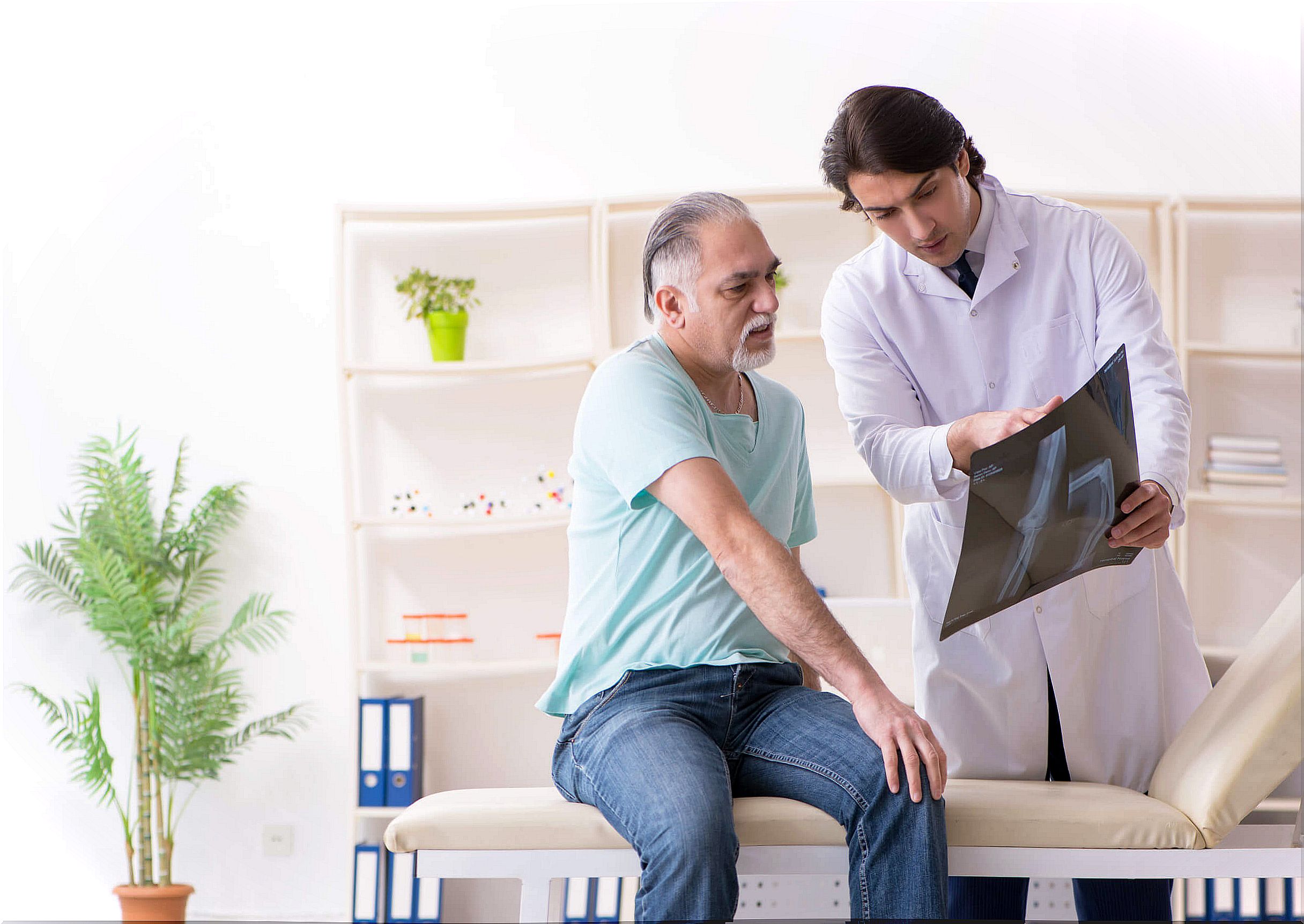Acute Infectious Or Septic Arthritis
Infectious arthritis is a disease in which inflammation or swelling of the synovium occurs . It is a thin layer that envelops and protects the inside of the fibrous joint capsule.
To carry out these functions it produces a special substance, synovial fluid. This compound serves as a lubricant in the joints and is capable of reducing the injuries that occur in a trauma to them.
Likewise, we can distinguish two types of arthritis based on their development period. On the one hand, we are talking about chronic arthritis, if after treating the causes of the disease, the arthritis does not remit. Also, the patient has the problem for the rest of his life. If after the selected therapy the disorder disappears, we speak of acute arthritis.
It usually affects or appears symmetrically, that is, it occurs in the same joint on each side of the body. On the other hand, the joint condition can wear down other surrounding internal structures (bones, cartilage, etc.).
Symptoms of acute infectious or septic arthritis

As a general rule, the patient may feel a series of alterations or signs that may be associated with this disease. Among the most frequent symptoms we can highlight the following:
- Tiredness, weakness, or general fatigue.
- Loss of appetite
- Fever that can vary in intensity.
- Occasional chills
- Severe joint pain or discomfort.
- Inflammation or swelling of the affected areas. You can also see a more reddish tone than normal in them.
- Xerostomia and xerophthalmia, that is, dry mouth (especially in the morning) or eyes that appear red.
- Sensation of numbness in the joints that is accentuated in the morning.
Causes of acute infectious or septic arthritis
The infectious agents that cause this disease can act directly (the pathogen is in the joint) or indirectly (the harmful microorganism has caused the infection in another area and has moved to these structures).
In any case, the patient’s immune system will act against this infection by producing and displacing a large number of leukocytes to the area. This would be the cause of inflammation in the joints. We can make another classification based on the type of infectious agents that cause the disease. Thus, we find the following types of arthritis:
- Bacterial. It is produced by certain bacteria such as gonococcus, streptococcus or staphylococcus. Infectious arthritis is generally included in this category.
- Viral. The condition is caused by certain classes of viruses such as parvovirus B19, rubella virus, or those causing hepatitis (B and C).
- In rare cases, it develops from infection with a parasite or fungus.
Diagnosis of acute infectious or septic arthritis
As a general rule, the medical team will carry out a series of medical procedures to identify this alteration and, thus, rule out others with similar characteristics. For example, we can find the following:
- Physical exam. During this test, specialists check the symptoms that the patient may feel. Your medical history and any background information you may present will also be studied.
- Synovial fluid analysis. In it, a small amount of this substance is extracted and checked in a laboratory to confirm the existence of pathogens in it.
- Other routine tests such as blood or urine tests.
Treatment of acute infectious or septic arthritis

The goal of treatment will be to eliminate the triggering infection and alleviate the symptoms that appear in the subject. Therefore we find:
- Use of antibiotics, if it is an infectious arthritis caused by bacteria.
- Use of other non-steroidal anti-inflammatory drugs (NSAIDs) and analgesics (to relieve pain or discomfort).
- Recommendation of a rest or rest of the affected joint (it can be obtained through splinting).
- Physical therapy to regain joint strength and range of motion.
These measures are often used in combination and improve the patient’s condition.
A complex pathology
Patients with infectious arthritis require early diagnosis and prompt treatment. Otherwise, the appearance of complications could be very possible. For this reason it is important to see a doctor as soon as possible in case of presenting symptoms.









